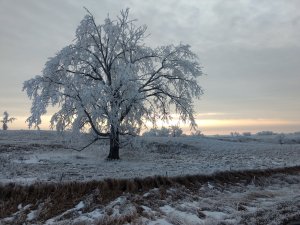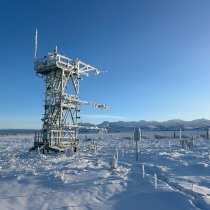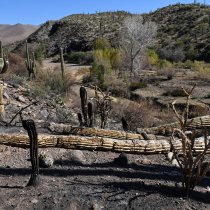Domain Digest No. 8: A Look Back on Snowy Favorites
December 28, 2022
Across the Observatory each year, each Domain deals with its own winter weather. Our staff still venture out to continue collecting data – and also take amazing photos. As 2022 comes to a close, we’re taking a look back to share some of our favorite snowy scenes from across years and across the continent.
Domain 01, Northeast

Lower Hop Brook (HOPB) winter surface water chemistry grab (2019)
Domain 02, Mid-Atlantic
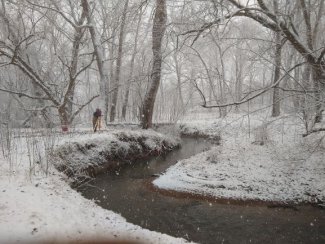
Lewis Run (LEWI) geomorphology survey (2019)
Domain 05, Great Lakes
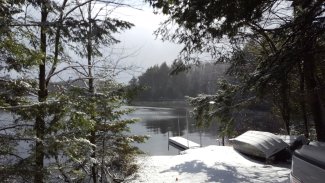
Snow at Crampton Lake (CRAM) in Wisconsin (2019)
Domain 09, Northern Plains
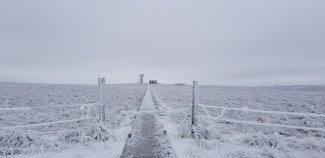
Chase Lake National Wildlife Refuge (WOOD) site in North Dakota under frost (2018)

Frozen tree at WOOD (2018)
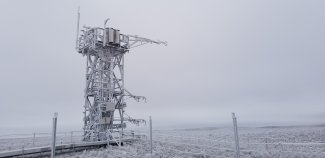
WOOD tower in winter frost (2018)
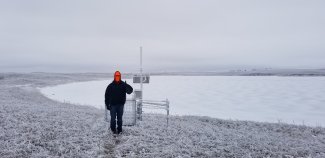
Icy Prairie Pothole (PRPO) landscape (2018).
Domain 12, Northern Rockies
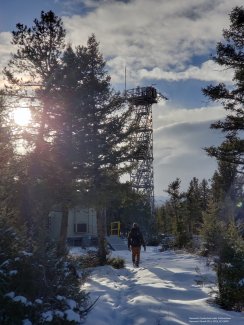
Walk into the tower at Yellowstone (YELL) site (2018)
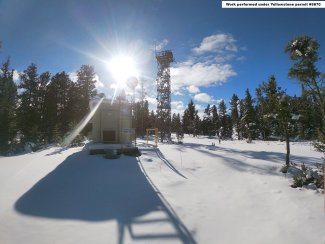
Tower and instrument hut in the snow at Yellowstone
Domain 13, Southern Rockies and Colorado Plateau
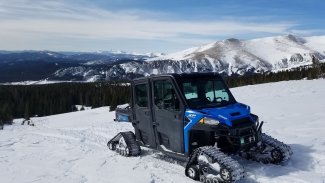
Niwot Ridge (NIWO) winter fieldwork on the Colorado Front Range (2019)
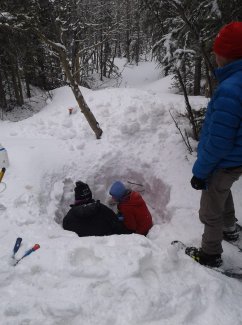
Como Creek (COMO) water chemistry sampling (2018).
Domain 16, Pacific Northwest
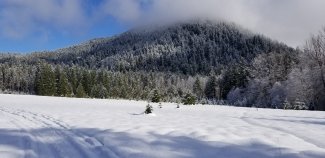
Heading to the Wind River Experimental Forest (WREF) field site (2019).
Domain 18, Alaska (Tundra)
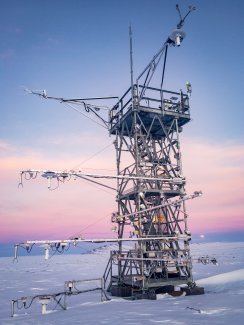
TOOL tower at sunrise (2017)

View from the TOOL tower (2017)
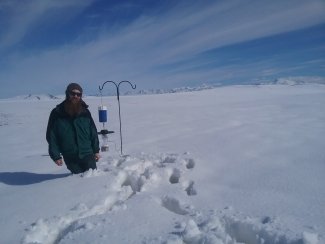
Field technician checking the carbon dioxide light trap used for mosquito collection at TOOL (2018)
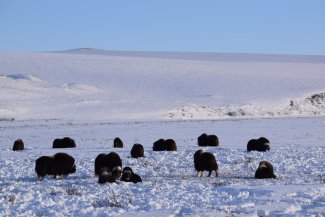
Muskox at Toolik Field Station (TOOL) site (2020)
Domain 19, Alaska (Taiga)

Light dusting of snow at Caribou-Poker Creeks Research Watershed (BONA) in Alaska (2020)
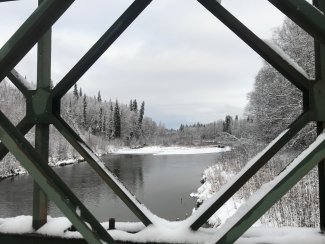
Chatanika River at BONA (2017)
